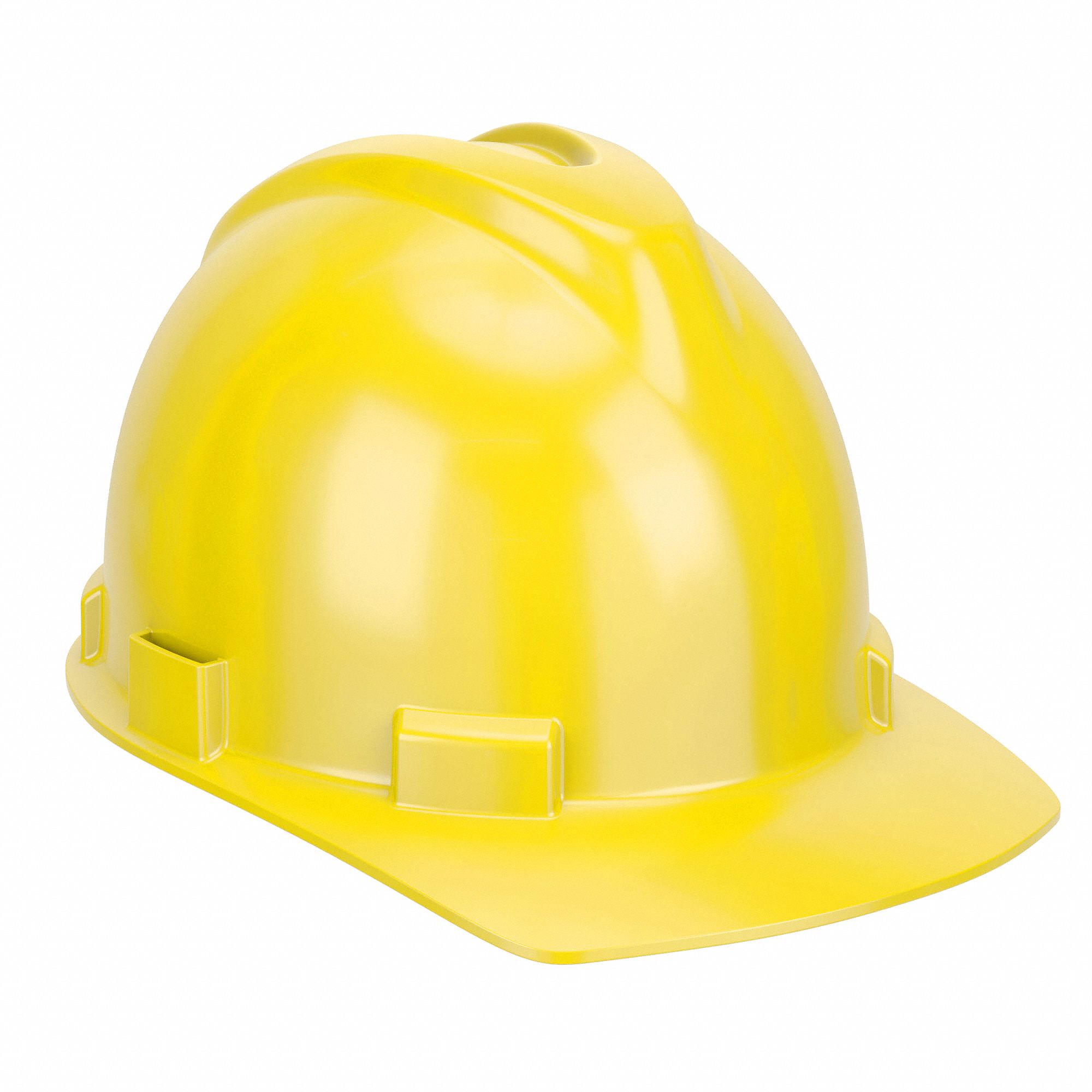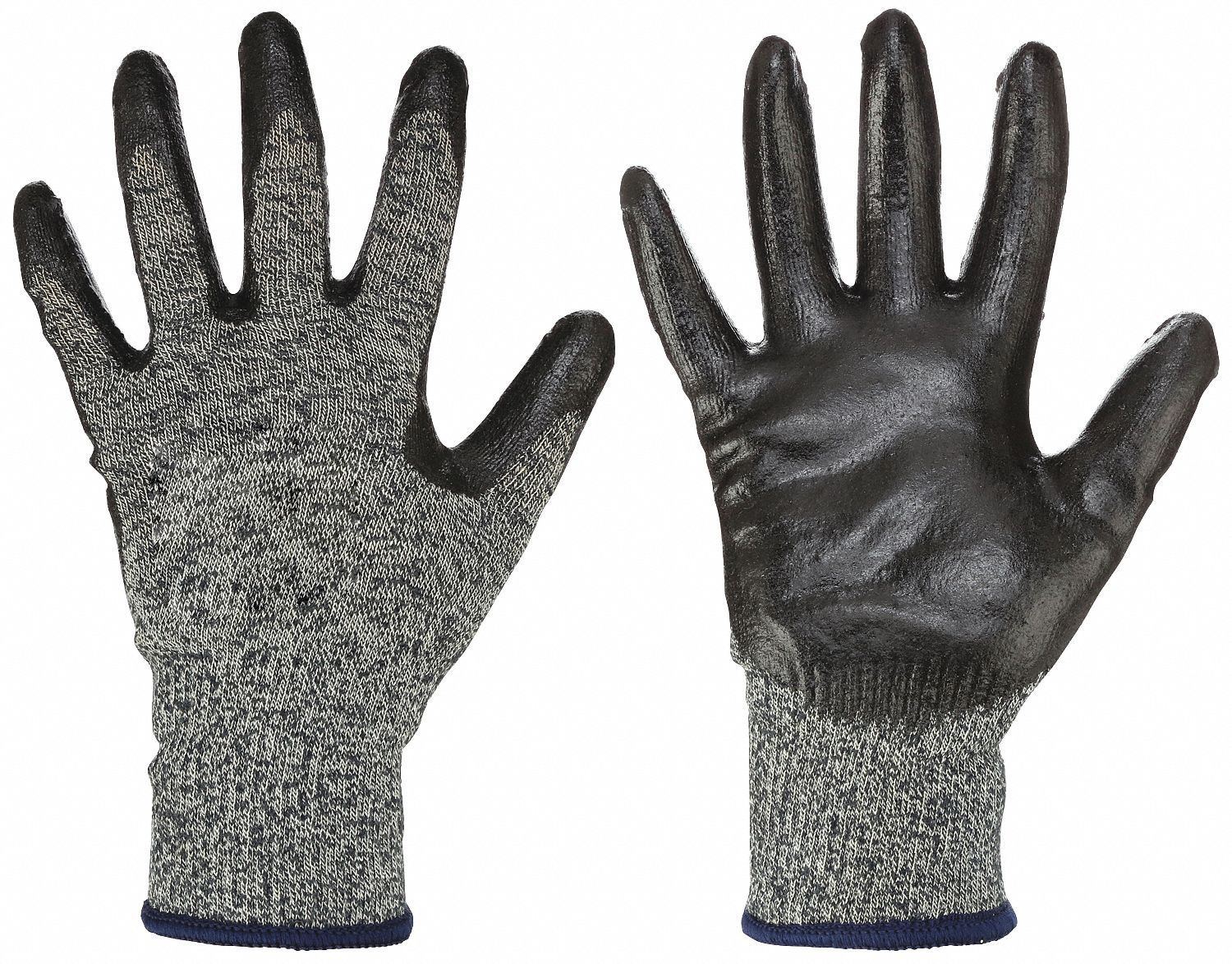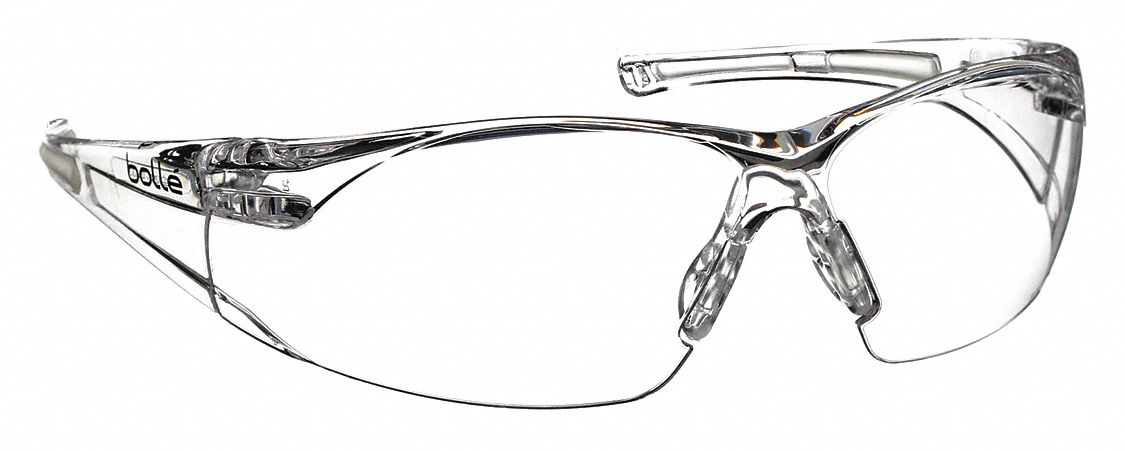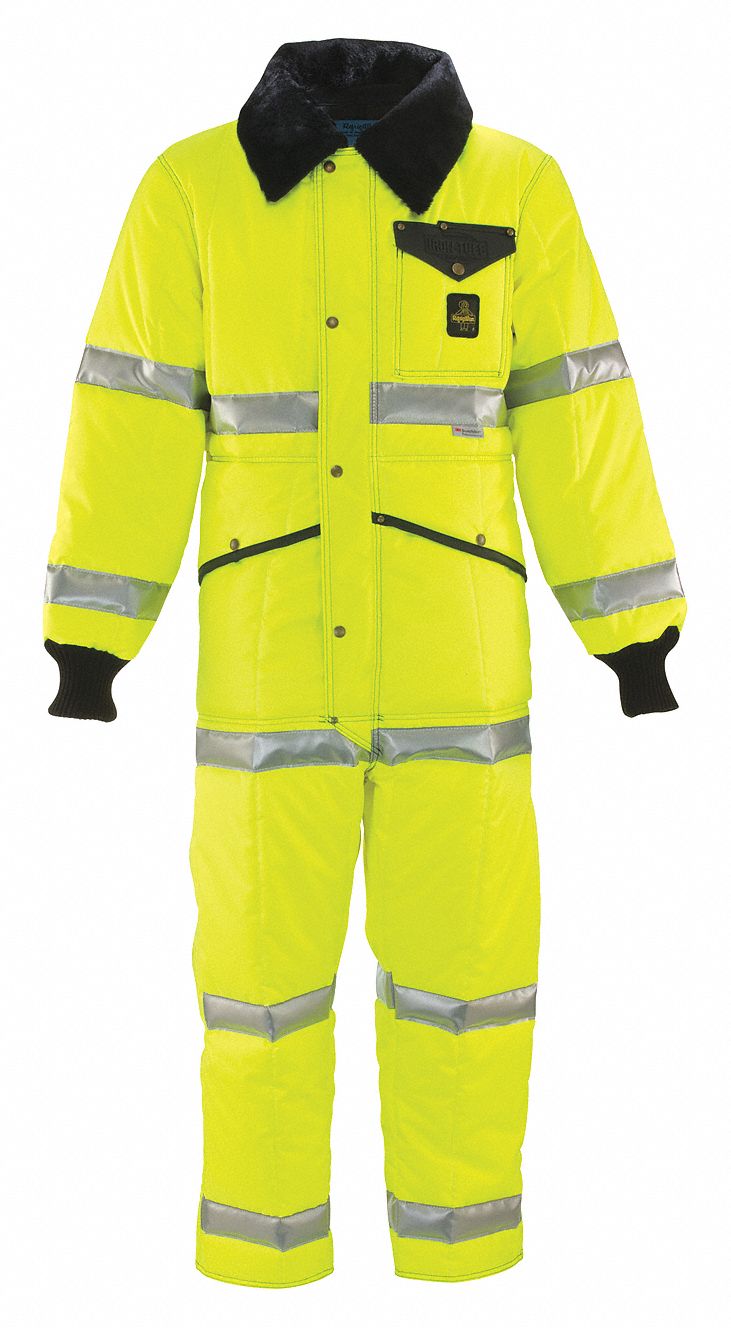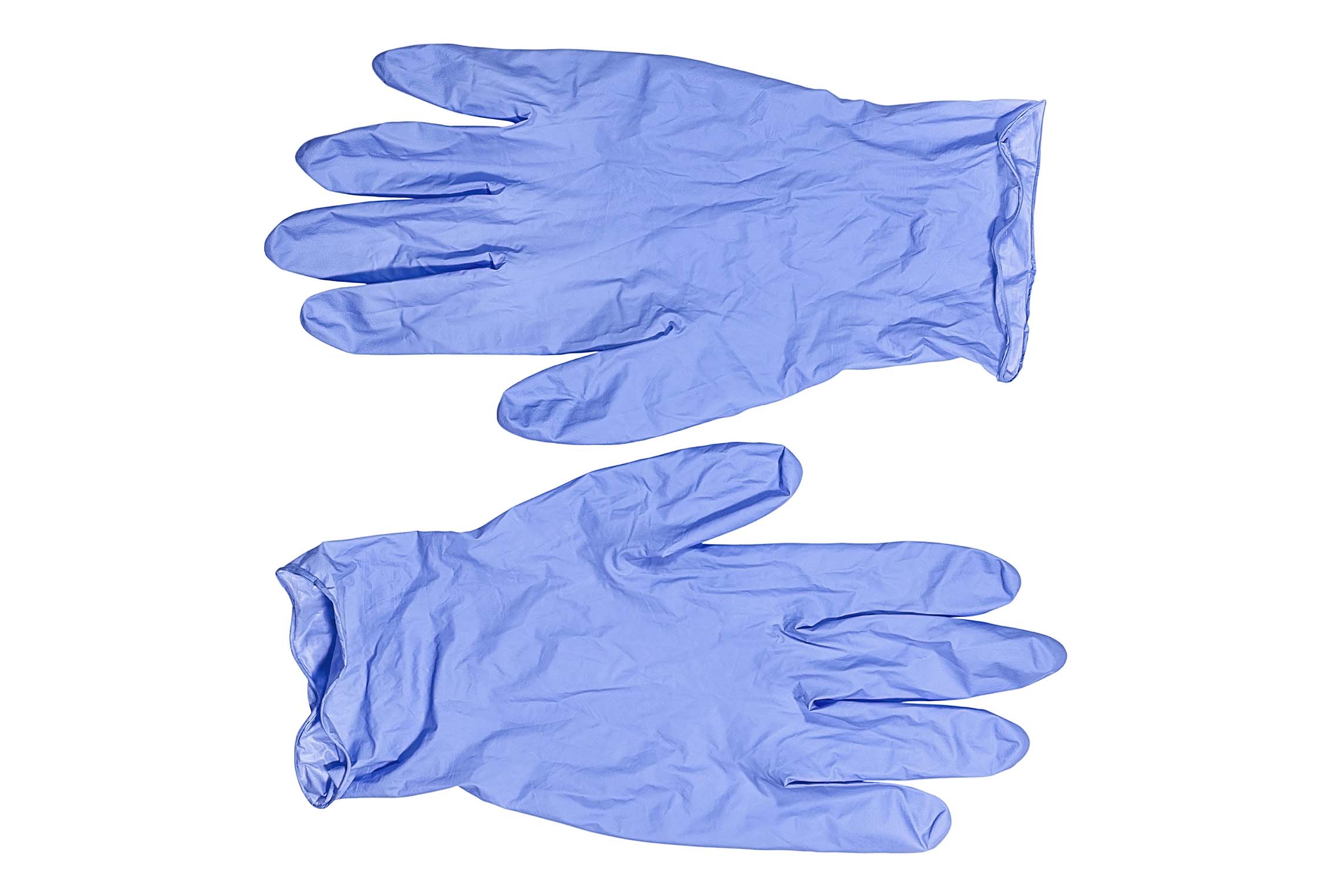

PPE for Universal Precautions
By Grainger Editorial Staff 3/9/22


In 1985, the Centers for Disease Control and Prevention (CDC) introduced a set of guidelines called universal precautions. These guidelines are intended to help people prevent the spread of bloodborne diseases in healthcare settings. The idea is to always treat blood and certain other body fluids as if they're known to be infectious, regardless of a patient's infection status.
The OSHA standards on bloodborne pathogens (1910.1030) incorporate universal precautions. The standard requires the use of PPE that prevents blood and other infectious material from passing through or reaching a person's clothing, skin, eyes, mouth or mucous membranes.
This chart summarizes the PPE requirements for universal precautions as reflected in OSHA's bloodborne pathogens standards. There may be additional PPE requirements under OSHA's PPE standards and the General Duty clause.
| PPE | Required by Universal Precautions |
|---|---|
|
• When an employee may have hand contact with blood, or other potentially infectious materials, mucous membranes and non-intact skin • When performing vascular access procedures (except in some volunteer blood donation centers, as outlined in 1910.1030(d)(3)(ix)(D)) • When handling or touching contaminated items or surfaces |
|
|
Gowns, aprons and other protective body clothing |
In occupational exposure situations |
|
Masks, goggles or other eye protection, and face shields |
When splashes, spray, spatter or droplets of blood or other potentially infectious materials may be generated and eye, nose or mouth contamination can be reasonably anticipated |
|
When gross contamination can reasonably be anticipated (for example, during autopsies or orthopaedic surgery) |
Universal Precautions vs. Standard Precautions
In 1996, the CDC introduced a set of guidelines called standard precautions. These guidelines combine the universal precautions outlined in 1985 with additional features, and they are applied to a wider range of body fluids. According to OSHA, the infection control community today uses standard precautions and augments them with precautions for airborne, droplet and contact transmission. OSHA provides a detailed description of the differences among standard precautions, transmission-based precautions, universal precautions and the bloodborne pathogens standards.
The information contained in this article is intended for general information purposes only and is based on information available as of the initial date of publication. No representation is made that the information or references are complete or remain current. This article is not a substitute for review of current applicable government regulations, industry standards, or other standards specific to your business and/or activities and should not be construed as legal advice or opinion. Readers with specific questions should refer to the applicable standards or consult with an attorney.

